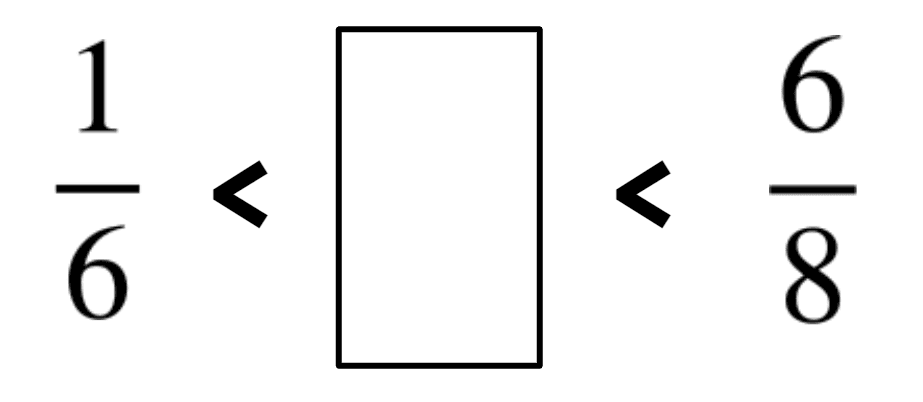Myths about teaching can hold you back
Learn why
New
New
Lesson 2 of 5
- Year 6
Explain how to compare pairs of non-related fractions by comparing to a half
I can explain how to compare pairs of non-related fractions by comparing to a half.
Lesson 2 of 5
New
New
- Year 6
Explain how to compare pairs of non-related fractions by comparing to a half
I can explain how to compare pairs of non-related fractions by comparing to a half.
These resources were made for remote use during the pandemic, not classroom teaching.
Switch to our new teaching resources now - designed by teachers and leading subject experts, and tested in classrooms.
Lesson details
Assessment exit quiz
Download quiz pdf




